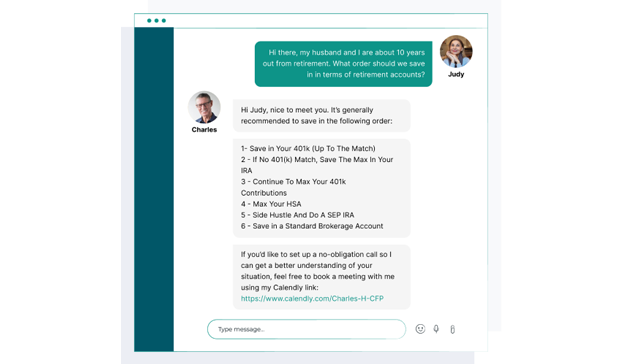If you are an employer that offers a 401(k) plan to your employees, then once your plan reaches a certain size, it will need to be audited on a periodic basis. If the word audit makes you cringe, don't worry, because this type of audit is just a routine part of sponsoring a qualified plan. A 401(k) audit is conducted by a third-party administrator (TPA) and must be done whenever a given plan meets certain criteria as outlined in ERISA (The Employee Retirement Income Security Act). The audit is conducted in order to ascertain whether the plan is being run correctly and whether it is financially sound. Audits are performed by a qualified public accountant who will examine your 401(k) plan documents and records in order to ensure that you are compliant with all IRS and ERISA guidelines. He or she will also determine whether the information that you are submitting to the IRS every year on Form 5500 is accurate and correct. Have questions about 401(k) Plans? Click here. The cost of an audit can be borne by the plan. You are not required to pay for the audit, although you can if you want to. These fees may vary based on variables like the specifics of your plan but a rough estimate would be within the range of $8,500 to $11,000. The actual cost of an audit can vary depending upon several different factors, but the real question is who has to foot the annual bill. ERISA mandates that any plan that has at least 100 eligible participants at the beginning of the plan year (usually January 1st) must be audited. It is key to remember that not all employees may be eligible to participate in a 401(k) plan. For example, part-time employees are often ineligible to participate, as are independent contractors and other types of workers who are not full-time W2 employees. But eligible employees do not have to actually participate in the plan in order to be counted. And Cook Martin Poulson's website lists the the following three types of plan participants who are not current employees that the IRS says must also be counted: Eligible employees are counted if they fall into one of the above categories as of the end of the prior tax year. Finally, if your company falls within the 80-120 rule, then you don't need to be audited until the number of eligible employees exceeds 120 for the year. If your company employs fewer than 100 eligible participants in a given year and then exceeds 100 participants the next year (but less than 120), then you don't need to be audited. This can continue until you have at least 120 eligible employees. But as long as you have less than 120 eligible employees, then you can continue to file as a "small" plan indefinitely. First, you'll need to know what auditors generally examine when they audit a qualified plan. According to Inovapayroll.com, the list includes the following: Next, you'll need to get all of your documents in order and ready to be scrutinized. The auditor will ask you for your plan documents, payroll data, and time-stamped communications. Having these ready at hand can save you a lot of time and frustration. It is also a good idea to integrate your payroll and record-keeping systems so as to minimize potential errors. Finally, you need to be sure to enlist the help of a reputable plan administrator to oversee your plan when you first establish it so that you can be warned of potential trouble areas before the audit begins. A good administrator should also be able to provide you with plan documents, financials, payroll data, valuations, and other information as requested by the auditor.How Much Does an Audit Cost?
ERISA Criteria
How Can I Prepare for an Audit?
401(k) Plan Audit Cost FAQs
A 401(k) plan audit cost refers to the fee paid by a company or organization for an independent, third-party audit of their 401(k) retirement plan. The audit helps employers ensure compliance with all relevant regulations and industry standards.
Employers should get an audit to ensure that the plan’s investments are reasonable and appropriate, that contributions made are accurate, and to verify the accuracy of the 401(k) documents. An audit also serves as protection in case of litigation and can help identify potential areas of liability.
The cost of a 401(k) plan audit depends on several factors, such as the size and complexity of the plan and the scope of services being requested. Generally speaking, fees for audits can range from several thousand to tens of thousands of dollars.
Typically, the employer is responsible for paying any costs associated with an audit performed on their 401(k).
The Internal Revenue Service (IRS) requires employers to conduct a 401(k) plan audit every three years. Additionally, the Department of Labor (DOL) recommends that employers review their plans annually to ensure compliance with all applicable regulations.
True Tamplin is a published author, public speaker, CEO of UpDigital, and founder of Finance Strategists.
True is a Certified Educator in Personal Finance (CEPF®), author of The Handy Financial Ratios Guide, a member of the Society for Advancing Business Editing and Writing, contributes to his financial education site, Finance Strategists, and has spoken to various financial communities such as the CFA Institute, as well as university students like his Alma mater, Biola University, where he received a bachelor of science in business and data analytics.
To learn more about True, visit his personal website or view his author profiles on Amazon, Nasdaq and Forbes.















